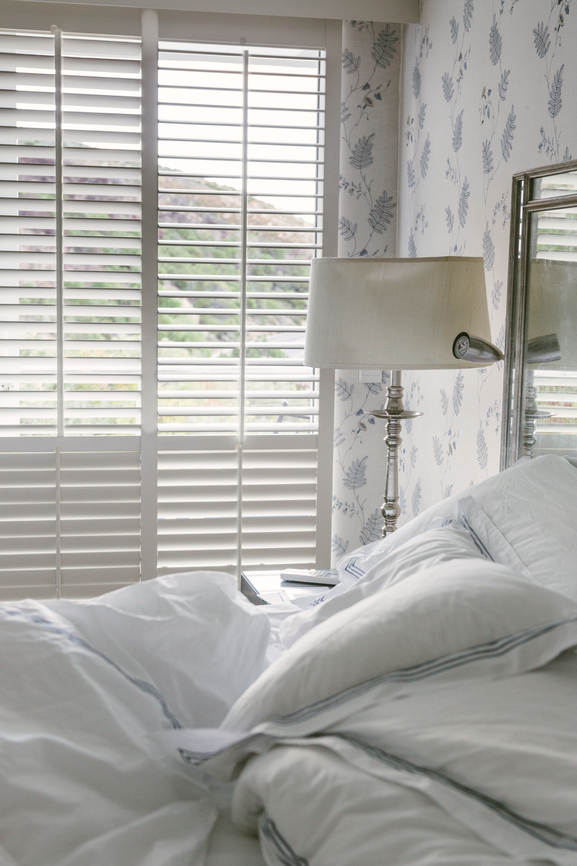As the days become shorter and darker, we use indoor lighting more often and new research is finding ways to utilize light exposure to improve sleep at night and help people remain more alert and productive during the day.
Brown University, in Rhode Island, has received a $800,000 grant from the National Science Foundation to develop lighting systems that will help students adjust to early start times by influencing natural circadian rhythms of sleeping and waking. The same technology can help adults with sleep disturbances establish better sleep habits, recover from jet lag and may even offer relief from some of the symptoms of Alzheimer’s Disease.
Exposure to light can also affect our mood as is evident with Seasonal Affective Disorder (SAD). Bright light, closer to the blue end of the spectrum has long been used to treat symptoms of SAD in people who do not get enough natural sunlight, especially in the shorter, darker days of autumn and winter.
Closer to the red end of the light spectrum, warm amber light has been found to be more conducive to sleep. New lighting technology is making use of what we know about different colours of light and their effect on people. LED lights are now able to change colour based on individual preference and some can be programmed through a wi-fi connection on a smartphone or tablet.
These “smart lighting” systems have many potential applications including helping young children settle to sleep at night or promote learning at school and performance at work. They could be also used in long-term care facilities to establish better sleep cycles which are so important to overall health and well-being.
For more information about light research, visit the Lighting Research Center’s website at: http://www.lrc.rpi.edu/ .






Add Your Voice
0 Comments
Join the Discussion